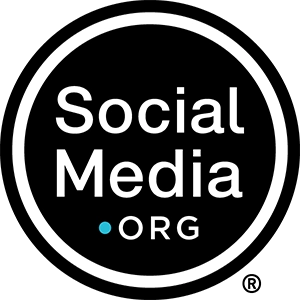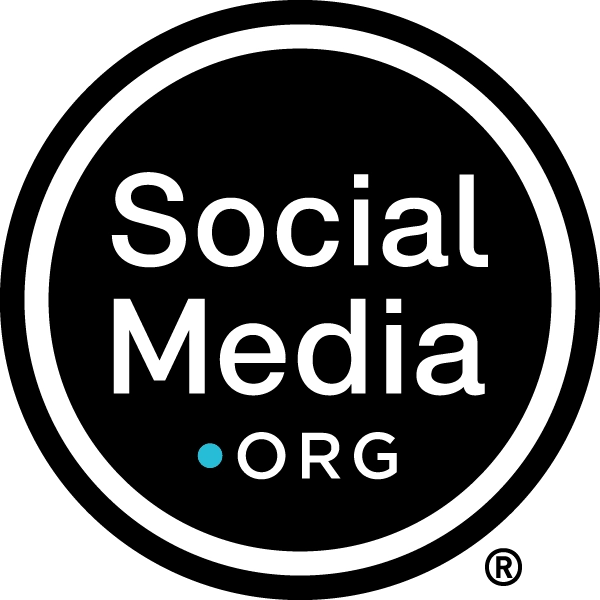Key takeaways:
- Leverage technology for efficiency: Use AI-driven training videos and streamlined platforms to onboard employees efficiently and maximize program impact.
- Diversity matters for expanded brand engagement: Empower employees to share diverse voices and personal brands, expanding advocacy reach and authenticity.
- Strategic education and integration: Integrate social media education into media training for a measured approach, fostering engagement and aligning advocacy with communication planning.
As social media leaders steer their companies through the dynamic landscape of digital communication, one powerful avenue for growth and impact stands out: employee advocacy programs.
These programs, which harness the collective voice of a company’s workforce to amplify its brand message, have evolved from a mere trend to an essential component of business success.
During a SocialMedia.org panel on leveraging employee advocacy to build brand affinity, social media leaders shared actionable insights on scaling their programs and engaging more employees to drive organizational success.
We delve into the pivotal role of scaling employee advocacy programs, and the best practices from SocialMedia.org members for expanding these initiatives.
Best Practices for Scaling Employee Advocacy Across the Organization
Leverage Technology to Maximize Advocacy Impact
Nilam Patel, Social Media Ambassadors and Influencers Consultant at Nationwide, said she found it challenging to scale the program as a team of one. She explained that she overcame content challenges by conducting personalized one-on-one or small-group training for associates interested in joining the advocacy program.
This training covered PR, legal, optimizing LinkedIn profiles, and platform usage. Scaling the program, Nilam transitioned to an AI-driven training video accessible at employees’ convenience, ensuring single sign-on and tracking completion.
She discussed how this technological shift eliminates repetitive training, streamlining the process for broader associate participation and leveraging technology to maximize efficiency.
“It’s nice because that way, everything is single sign-on, and I’ll have a record of whether that employee has actually completed the training,” Nilam said. “I’m not doing 40 trainings a week because that ends up being a lot of my time. We’re trying to use technology to the best of our advantage.”
I’m not doing 40 trainings a week because that ends up being a lot of my time. We’re trying to use technology to the best of our advantage.
Nilam Patel, Nationwide
Empower Employees to Express Personal Brands and Diverse Voices
Ryan Boyles, Senior Manager of Social Media at AMD, said he initially focused on supporting top executives as primary spokespeople through a pilot mode for their employee advocacy program. Now aiming to amplify voices, including a large executive team, he discussed how he’s focusing on expanding beyond being known solely as a BtoC company.
With a focus on LinkedIn, he acknowledged the need for diverse representation across various markets, from gaming to aerospace and AI.
To facilitate this expansion, Ryan discussed how he’s building a governance model for safe and on-brand social engagement.
“We are building out a way for them to know what the governance model is for the program and for doing social safely from a legal perspective,” Ryan said, stressing how they want to train their team members on how to be “on brand” and add personal voices while advocating for highly technical topics.
“An education program is what we’re building now to help us scale beyond just using the platform for curating content,” Ryan added.
He shared that this education program aligns with their vision to scale advocacy and embrace diverse voices in the social media landscape.
We are building out a way for them to know what the governance model is for the program and for doing social safely from a legal perspective.
Ryan Boyles, AMD
Increasing Participation in Social Media Employee Advocacy
Provide Social Media Best Practices Through Strategic Training and Education
Hillary Hill, Social Media Manager at Nutanix, took over an existing program that many employees were unaware of. She said she focused on intense communication and education efforts to raise awareness in their employee advocacy efforts.
Hillary said they relaunched the program and collaborated with key stakeholders to present during weekly meetings.
“After we relaunched our program, we worked with some key stakeholders and team leads to get invited to their weekly all hands, and we’d explain what the program is and why advocacy matters,” Hillary said. “Then the nitty gritty of how you educate yourself about the tool, how to find the tool, and how to use the tool effectively.”
During these sessions, Hillary explained more about the program details, advocacy’s significance, and tool utilization to help employees succeed.
After we relaunched our program, we worked with some key stakeholders and team leads to get invited to their weekly all hands, and we’d explain what the program is and why advocacy matters.
Hillary Hill, Nutanix
She added that their revamped approach involved quarterly office hours in partnership with Sprout Social. These sessions covered a wide range, from tool usage to profile optimization and event-specific strategies. The sessions also offered best practices and interactive Q&As.
“That’s broken down some of the barriers to entry where people can get overwhelmed by social media in a business context, if they haven’t really utilized it that way before,” Hillary said.
Integrate Social Media Education into Overall Media Training
Ryan explained how he aimed to expand employee advocacy by embedding social media education into media training.
He envisioned seamlessly integrating social strategies into communication planning, aligning social media with executive roles.
“What I’d like to do, and what we’re talking about internally, is how do we build this social media program and education into the media training itself, and make it baked into the way they approach their communications planning,” Ryan said.
While some positions inherently require social media activity, Ryan said he’s looking to increase brand advocates from various levels to amplify their rebranded company’s messaging.
He added that empowering more voices in social conversations is a cultural shift and is looking to promote a measured approach for employees to contribute effectively and confidently.
Drive Engagement with Leadership Involvement and Brand Ambassadors
At Nationwide, Nilam said the focus has been on prioritizing leadership engagement in their employee advocacy program, especially on LinkedIn.
She explained that the program encourages voluntary participation, and the use of LinkedIn’s SSI score has gamified the experience, fostering healthy competition among associates.
To expand participation and brand representation, Nilam said they introduced a beta program, turning select individuals with a strong presence and brand alignment into social media ambassadors.
These ambassadors contribute to their other platforms like TikTok, showcasing the program’s adaptability and creative utilization of brand advocates.
Join Your Peers Leading Social Media to Gain More Insights on Scaling Employee Advocacy
By fostering authentic brand narratives, embracing diversity of voices, and integrating social media education, you can expand your advocacy initiatives across your organization.
During the panel, Ryan, Hillary, and Nilam shared more on how technology, education, and leadership involvement empower employees, amplify brand messaging, and ultimately drive business success.
If you lead social media at a large organization, you can apply to our community for more unbiased, peer insights on enhancing employee advocacy and building brand affinity.


